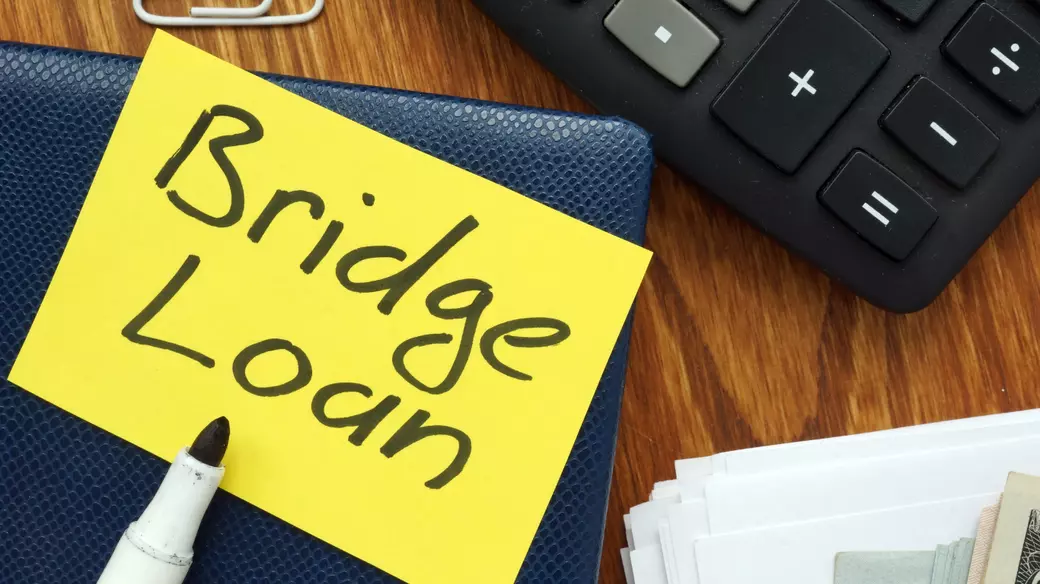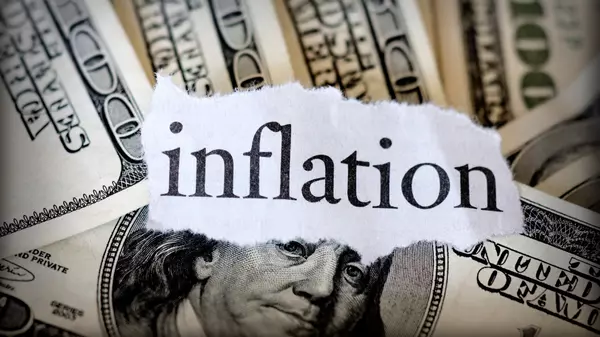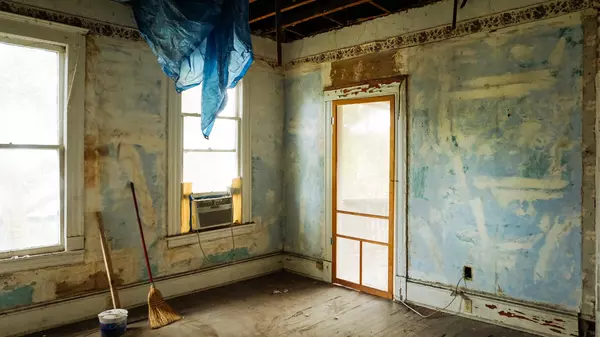When it comes to real estate transactions, especially when you’re in between buying and selling properties, having the right financial tools can make all the difference. One such tool that can provide much-needed flexibility is a bridge loan. If you’re unfamiliar with the term or unsure how it could benefit your real estate goals, this post is for you. We’ll break down what bridge loans are, how they work, and when you might consider using one.
What is a Bridge Loan?
A bridge loan is a short-term financing option that helps individuals or businesses "bridge" the gap between the sale of an existing property and the purchase of a new one. Typically, bridge loans are used in real estate when there’s a need for immediate capital, but the borrower hasn’t yet sold their current property.
The loan is designed to be temporary—usually ranging from six months to a year—and is intended to provide quick access to funds, allowing you to move forward with a new purchase while waiting for the sale of your current home or property.
How Do Bridge Loans Work?
Bridge loans are generally secured loans, meaning they are backed by the value of your current property. The lender will assess the value of your home (or other real estate asset) and provide you with a loan based on a percentage of that value. The loan amount typically covers the gap between your current home’s sale price and the down payment required for the new property.
There are two primary types of bridge loans:
-
Closed-End Bridge Loans: This type of loan has a fixed repayment schedule and must be repaid in full by a specified date. It’s often used when the borrower has already found a buyer for their existing property and has a definite closing date in sight.
-
Open-End Bridge Loans: These loans offer more flexibility in terms of repayment but may come with higher interest rates. Borrowers can repay the loan at their own pace, and these are typically used when there is no set timeline for selling the current property.
Key Features of Bridge Loans
- Short-Term: Most bridge loans are short-term, typically 6-12 months.
- Higher Interest Rates: Due to their short-term nature, bridge loans tend to have higher interest rates than traditional mortgage loans.
- Repayment on Sale: In many cases, the bridge loan is repaid once the sale of the existing home is finalized.
- Flexible Financing: Bridge loans can be used for purchasing a new home, paying for renovations, or covering other immediate real estate costs.
How to Use a Bridge Loan
Bridge loans are typically used in the following scenarios:
-
Purchasing a New Home Before Selling Your Current One: If you’ve found your dream home but haven’t yet sold your current property, a bridge loan allows you to make the purchase and secure the funds needed for a down payment. You can repay the loan once your current home sells.
-
Renovating a Property: A bridge loan can also be used for quick renovations to increase the value of a property before selling it. This helps if you need funds right away but haven’t yet completed the sale of your home.
-
Investment Properties: If you’re an investor looking to quickly secure funding for new real estate ventures, a bridge loan can help you act fast without waiting for capital from other sales.
Benefits of Bridge Loans
- Quick Access to Capital: Bridge loans are designed to be fast, allowing you to access funds quickly and act on time-sensitive opportunities.
- Flexibility: They provide a flexible solution for those who need to move quickly but haven’t yet completed the sale of their property.
- Avoiding Hasty Decisions: Bridge loans allow you to avoid settling for a quick sale of your property just to secure financing for your next purchase.
Risks and Considerations
While bridge loans can be highly effective, they do come with some risks. They tend to have higher interest rates and fees compared to traditional financing options. Additionally, if your existing property doesn’t sell quickly or at the expected price, you could find yourself with additional financial pressure. It’s crucial to have a clear plan and timeline for selling your existing property before taking out a bridge loan.
When Should You Consider a Bridge Loan?
You might consider a bridge loan if:
- You’re planning to buy a new home but need the funds before your current home sells.
- You’re facing a time-sensitive real estate opportunity.
- You need flexibility in the buying and selling process but have the means to pay off the loan once your existing property sells.
How I Can Help You with Bridge Loans
Navigating the world of bridge loans can be complex, and the risks involved can make you hesitant to move forward. That’s where I come in. As an experienced real estate professional, I can guide you through the process, help you assess whether a bridge loan is the right solution for your unique situation, and connect you with trusted lending partners.
Ready to make your next real estate move? Let’s discuss your goals and explore how a bridge loan might work for you. Contact me today to schedule a consultation and get personalized guidance on how to make the most of this financial tool.













